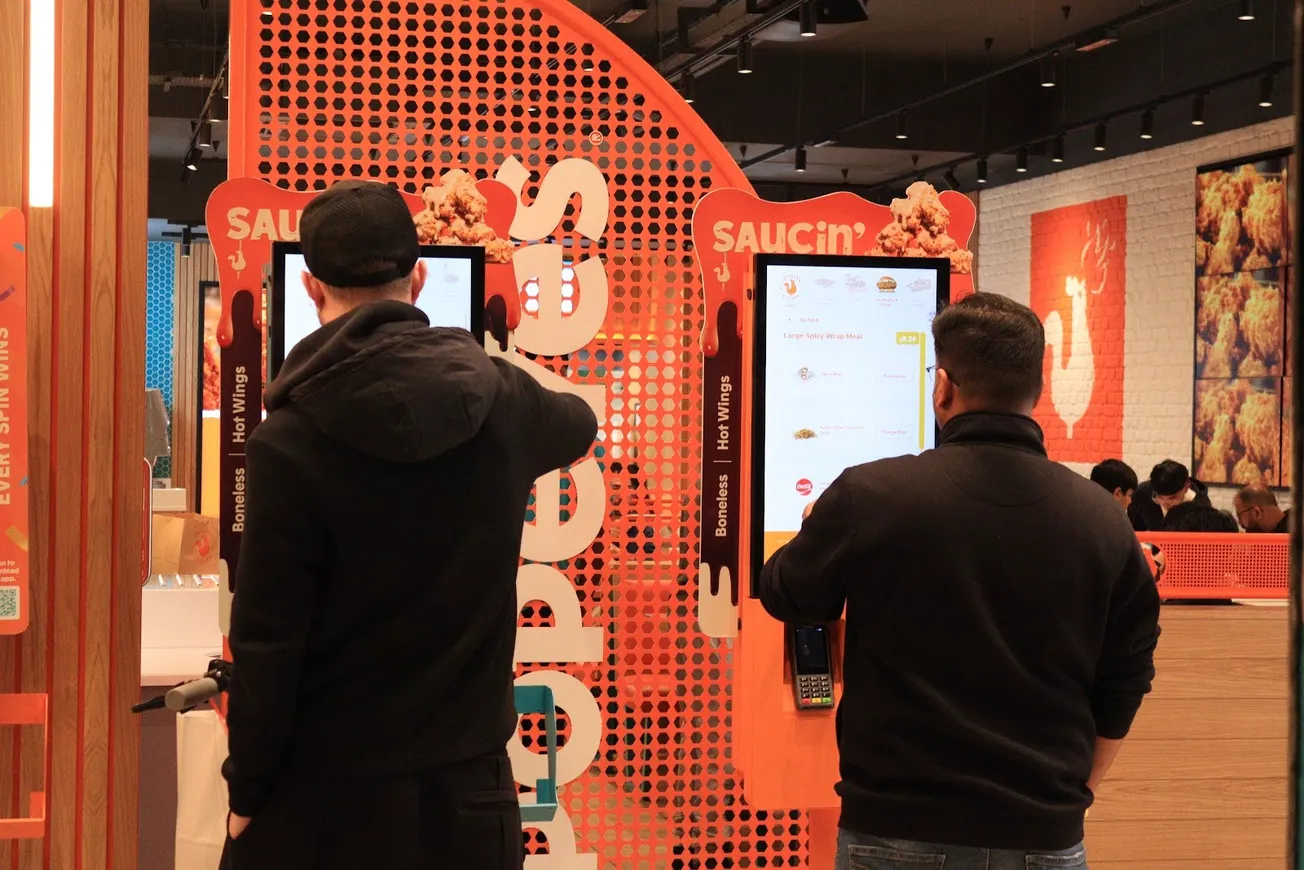Enjoying this edition? You can get two totally free editions of The Dispatch every week by signing up to our regular mailing list. Just click the button below. No cost. Just old school local journalism.
It’s 11.30pm on a Friday night on New Street and a young man called Alex is sitting alone outside KFC. He’s drunk and munching on a burger with the content expression of a grazing cow. When I sit down next to him and ask how his food is, he speaks of his love for chicken with a passion that only five pints of lager can fuel.
His demeanour changes when I tell him I’m a journalist. Eyes narrowed, he demands to know why I’m trying to “ruin it”. Our shared name does nothing to assuage his fears.
“All you guys want is something that’s going to be terrible, you’re going to twist my words for a headline,” he insists. I do my best to reassure him, but it’s no good. He lifts a palm in the air to punctuate his words:
“Chicken. Ruins. Lives — that’s what you’ll say.”
My new frenemy has a point. I’m not here to ruin chicken, but I have come to this particular part of town at this particular time of the week to do something slightly annoying and typical of a reporter. That is, to take one of life’s fun things and put it under a metaphorical microscope to overanalyse it. This is Birmingham’s ‘Chicken Quarter’, a name which originated last year as an online joke and has quickly become the colloquial descriptor for the cluster of chicken shops that have popped up in this little patch of New Street. I want to know why they’re here, why they’re so popular and how are they going to survive with all this clucking competition?
First, let’s get the lay of the land. The foundations of the Chicken Quarter were laid in 2019 by one pioneering Nando’s. The original purveyor of peri-peri grilled chicken was followed three years later by American giant KFC. So far, so recognisable. But these stalwarts have been joined by members of an emerging generation of new American fried chicken shops, characterised by loud music, large social media marketing budgets and Instagrammable interiors. Last August, Popeyes arrived in a blaze of orange, offering Louisiana-style fried chicken sandwiches. Fans camped overnight and when they awoke, were greeted by a New Orleans jazz band and free merchandise. In October, turquoise Wingstop opened its second Brum branch, its success leading to an application for a late night license to serve greasy food until 4am.
Wingstop is the first chicken joint I patronise. Entering is an experience I imagine similar to being beamed up into a UFO, albeit one commandeered by extraterrestrials fond of thumping basslines. There are a few families eating in silence, the surface of their cokes rippling from the drum and bass. I order eight wings and sit down for a chat with Michael, the manager who tells me business is booming. “It’s packed in here every night,” he says, beaming. They shut at 12am and are due an influx of turfed-out pubgoers any-minute. He has a nugget of information for me, one that suggests why Birmingham city centre is now seen as a fail safe option for fried chicken. The first Wingstop opened in the Bullring in 2021. “The other businesses only opened because we did,” says Michael. “We proved there was substantial money to be made here.”
There is more to it than that. The unstoppable rise of the chicken shop is a national phenomenon with roots in a peculiar, postwar American decree. As rationing stopped, popular meats like pork and beef were back on the table and a large supermarket chain spotted an opportunity. An enterprising poultry researcher at A&P Food Stores noted that the humble chicken — heretofore farmed primarily for its eggs — ought to be bred as a succulent option fit for a Sunday roast.







